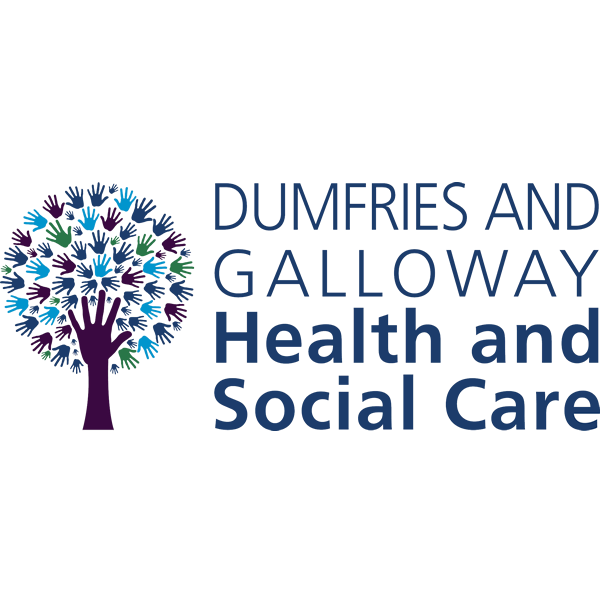Violence against women is wrong and women should be offered support and protection, but the key factor in relation to activating adult protection procedures in such situations is dependent on an assessment of “adults at risk” as defined earlier.
The Police define domestic violence as “any form of physical, non-physical or sexual harm which takes place within the context of a close relationship committed either in the home or elsewhere”. In most cases this relationship will be between partners (married, cohabiting or otherwise) or ex-partners. The similarity between the above acts of harm in relation to adult protection is recognised.
Violence Against Women Safer Lives: Changing Lives
For the purposes of this approach, Scottish Government define violence against women as actions which harm or cause suffering or indignity to women and children, where those carrying out the actions are mainly men and where women and children are predominantly the victims. The different forms of violence against women - including emotional, psychological, sexual and physical harm, coercion and constraints - are interlinked. They have their roots in gender inequality and are therefore understood as gender-based violence.
Scottish Government’s approach is informed by the definition developed by the National Group to Address Violence Against Women based on the United Nations Declaration on the Elimination of Violence Against Women (1993) which follows:
Gender based violence is a function of gender inequality, and an abuse of male power and privilege. It takes the form of actions that result in physical, sexual and psychological harm or suffering to women and children, or affront to their human dignity, including threats of such acts, coercion or arbitrary deprivation of liberty, whether occurring in public or private life. It is men who predominantly carry out such violence, and women who are predominantly the victims of such violence. By referring to violence as 'gender based' this definition highlights the need to understand violence within the context of women's and girl's subordinate status in society. Such violence cannot be understood, therefore, in isolation from the norms, social structure and gender roles within the community, which greatly influence women's vulnerability to violence.
Accordingly, violence against women encompasses but is not limited to:
- Physical, sexual and psychological violence occurring in the family, within the general community or in institutions, including: domestic violence, rape, incest and child sexual abuse;
- Sexual harassment and intimidation at work and in the public sphere; commercial sexual exploitation, including prostitution, pornography and trafficking;
- Dowry related violence;
- Female genital mutilation;
- Forced and child marriages;
- Honour crimes.
Activities such as pornography, prostitution, stripping, lap dancing, pole dancing and table dancing are forms of commercial sexual exploitation. These activities have been shown to be harmful for the individual women involved and have a negative impact on the position of all women through the objectification of women's bodies. This happens irrespective of whether individual women claim success or empowerment from the activity. It is essential to separate sexual activity from exploitative sexual activity. A sexual activity becomes sexual exploitation if it breaches a person's human right to dignity, equality, respect and physical and mental wellbeing. It becomes commercial sexual exploitation when another person, or group of people, achieves financial gain or advancement through the activity.
In recognising this definition, there is no denying or minimising the fact that women may use violence, including violence against a male or female partner. Although less common this is no less serious and requires to be addressed.
Scottish Government note that the definition they offer differs from the dictionary definition of violence which generally requires some form of exertion of physical force. Inclusion of these behaviours or activities as part of the spectrum of violence against women, and indeed the use of this term itself, is accepted internationally as evidenced by a number of definitions developed by the UN and EU, and, where necessary, Scottish Government will make clear the distinction between this definition and normal and legal usage of the term 'violence'.
Coercive Control
The 2019 Domestic Abuse Act criminalises psychological domestic abuse and coercive and controlling behaviour.
Forced marriage
Forced marriage is when someone uses physical or emotional pressure to try to force another person into a marriage without their consent. Forced Marriage Protection Orders (FMPOs) aim to protect people threatened with, or already in, a forced marriage. The individual at risk can apply for the FMPO, or a third party can do so on their behalf. FMPOs were introduced by the Forced Marriage etc. (Protection and Jurisdiction)(Scotland) Act 2011.
